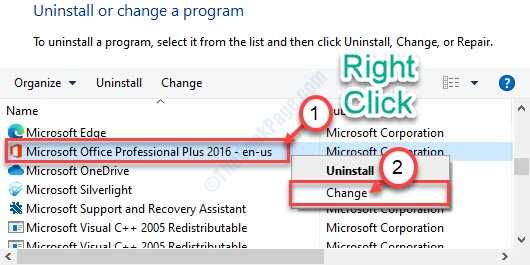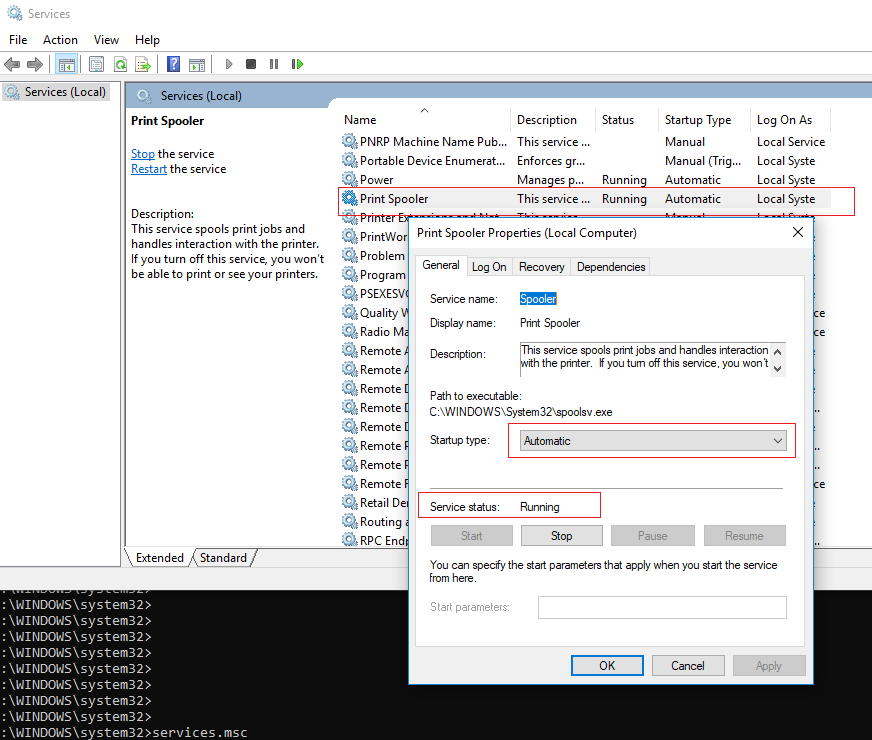
That doesn't mean, though, that I personally found it useful. I found it exceptionally easy to work with others this way. It's easy to fire up a Skype for Business session with someone with whom you're collaborating on a file. That way, you can talk or text with them (or email if you don't want to do it live) while you're working on the document, making it much easier to collaborate. Click on the icon of anyone currently working on the document and a screen pops out with the various ways you can contact them, including via Skype for Business texting, Skype for Business phone calling, a Skype for Business video session or email. You can collaborate on a file with someone who uses the Web version of Office, not just the Office 2016 version.Īnd collaboration extends beyond the editing screen. Just send them a link to the shared document, and when they click on the link, it opens in the Web version of Office.
#OUTLOOK 2016 WILL NOT OPEN WINDOWS 10 PRO FREE#
They can collaborate with you using the free Web-based version of Office, available at. That bar matches the color of the cursor you'll see as they move around in the document.Ī nice touch is that the person with whom you're sharing a document doesn't have to have Office 2016. Those who are currently in the document have a colored bar next to their icon. Down the side of the pane, you'll see a list of people who have editing access to the document. You can see what they do as they do it, including deleting, editing and adding text. When you're working on a document with other people, you'll see a colored cursor in the document where they are working on it. The Share pane lets you share files with other people, and lists those who have rights to share the file you're currently working on. If you're on a corporate network and you're using the business version of Office 2016, you can also click the address book icon to choose co-worker email addresses.


To invite people to share a document, type their email addresses in the "Invite people" box and select either "Can edit" or "Can view" in the drop-down. From here, you can send an invitation for other people to share your current document and find people with whom you've previously shared and worked on documents. Ĭommand central for collaborating is a new Share pane that displays when you click the Share icon in the upper-right part of an Office document that can be shared. (At some point Microsoft will roll out the feature to the non-subscription version of Excel, but the company isn’t saying exactly when.) This real-time collaboration works in both home and business versions of Office 2016, although business users have a few extras not found in the home versions, as I'll explain. In July 2017 Microsoft finally made the feature available in Excel as well - but only for Office 365 subscribers who have updated to Version 1707 Build 8326.2058 or later. When Office 2016 was released in September 2015, real-time collaboration worked only with Word, PowerPoint and OneNote documents. Now you can easily work on a document with other people in real time, as long as the document is stored in OneDrive, OneDrive for Business, or SharePoint Online. As someone who makes a living as a writer, I can't imagine doing without them.īut previous versions of Office fell short in real-time collaboration features that allow people to work on documents simultaneously no matter where they are in the world, as long as they have Internet connections.

The Office suite, particularly Word, has long had the best features of any productivity-tool suite for letting people review each other's documents – I've always thought that its change-tracking, markup and reviewing features were the gold standard for document review. How successful has Microsoft been in adding collaboration features? And how useful are the handful of non-collaborative features added to the core of Office? That's what I'll cover in the rest of this review. That's not necessarily a bad thing – Office is already so stacked with features that adding new ones just for the sake of it could harm rather than help its usability. If you work by yourself and will use Office as a standalone product, you'll find far fewer changes from Office 2013. If Microsoft were to have a motto for Office 2016, it could well be the old coaching adage "There is no 'I' in "team." The suite offers considerable collaborative and teamwork features that turn Office from a tool for a single person into one that helps people work together.


 0 kommentar(er)
0 kommentar(er)
